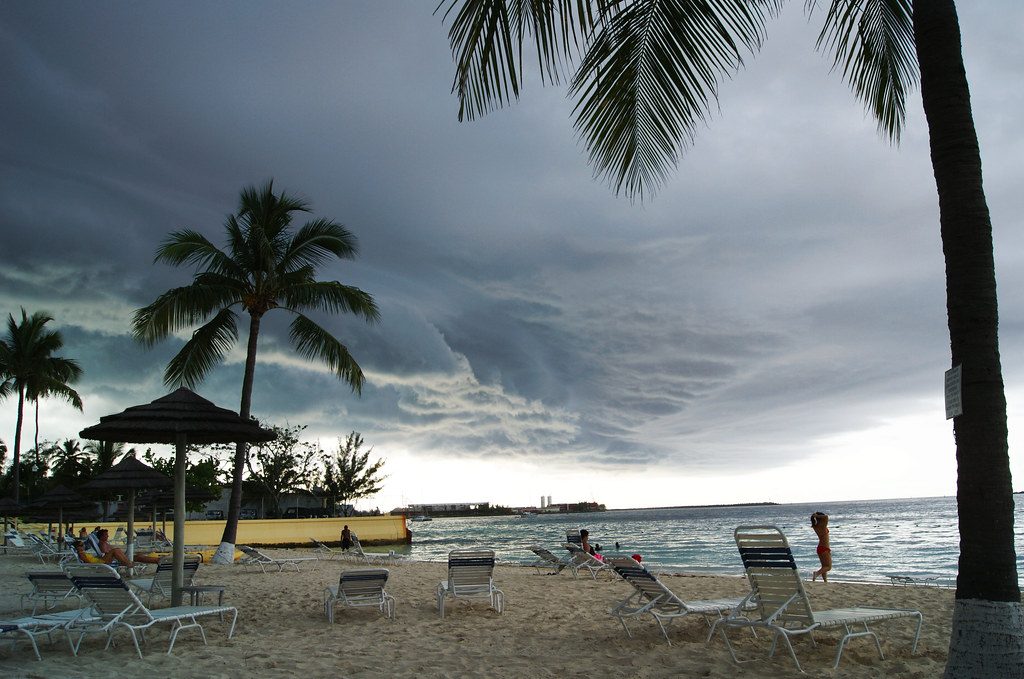
Destroyed homes, fractured families, and piles of rubble remain after the massive Category Five storm in the Bahamas.
For three days, Hurricane Dorian battered two of the most populous islands in the archipelago.
The island of Abaco was left with almost no infrastructure, while several places in Grand Bahama suffered major damage, including the capital city of Freeport. Approximately 70,000 people are estimated to have been left homeless and in need of basic necessities.
The Center for Leadership and Community Engagement (CLCE) hosted a meeting to discuss relief efforts for Dorian victims.
Various members of the Rollins community attended, including the Caribbean Students Association, the Department of Anthropology, the Latin American and Caribbean Studies Department, and the Dean of Faculty.
For Meredith Hein, director of CLCE, Dorian was a disaster that hit close to home; she has volunteered several times over the past few years for a school for special needs children, called Every Child Counts, in Abaco.
“From those of us that have visited, have professional ties, and that live there, Rollins has had and continues to have close ties to The Bahamas,” said Hein.
These close ties have led Rollins to help its friends in The Bahamas. The CLCE has identified ways that Rollins can provide relief to survivors of Dorian according to a three-stage response: relief, recovery, and rebuilding.
The primary method that Rollins is currently using is monetary donations to verified, trustworthy organizations. This is a part of the relief phase of the three-stage response.
The relief phase also includes immediate rescues by local and trained first responders working through governmental and non-governmental organizations to “clear bodies and find people,” said Hein.
After disasters like Dorian, the physical damage can obscure the trauma suffered by the people who survived the tragedy.
The CLCE plans to send notes of encouragement to Bahamians affected by Dorian and will host a project later in the semester to allow Rollins students to write these notes.
The second phase is recovery, when The Bahamas attempts to return to normalcy as roads reopen, power comes back on, and infrastructure resumes functionality—this can take from weeks to months depending on damage.
The CLCE is considering hosting a supply drive later in the semester to eventually send supplies to The Bahamas.
The third phase is rebuilding, when the community is returned to its previous state. This includes permanent rebuilding and revitalization and is the best time for outsiders to come and help.
It is in this phase that the CLCE plans to ask for volunteers from the Rollins community to help with reconstruction.
Rollins’ ability to provide aid is complicated by the lack of resources available to those who would like to help. Affected islands also need to be made safe for volunteers to assist.
According to the CLCE, many people will make donations of supplies that cannot be used; generally, about 60 percent of donations given to victims of a disaster are unusable.
As of publication, Rollins has collected neither money nor supplies for victims of Dorian with efforts only in the planning phase. There is planned volunteer work, but there are no active volunteers working with the CLCE to help those in The Bahamas.
In the wake of a disaster like Hurricane Dorian, where tens of thousands have been left praying for help, the Rollins community plans to offer support and will continue to do so throughout the disaster recovery process.


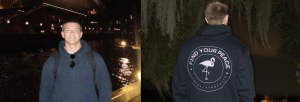


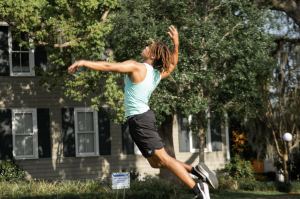



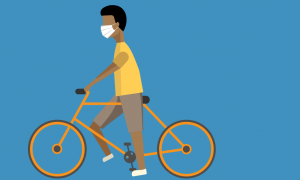
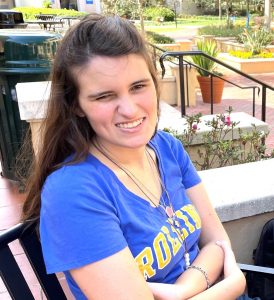

Be First to Comment